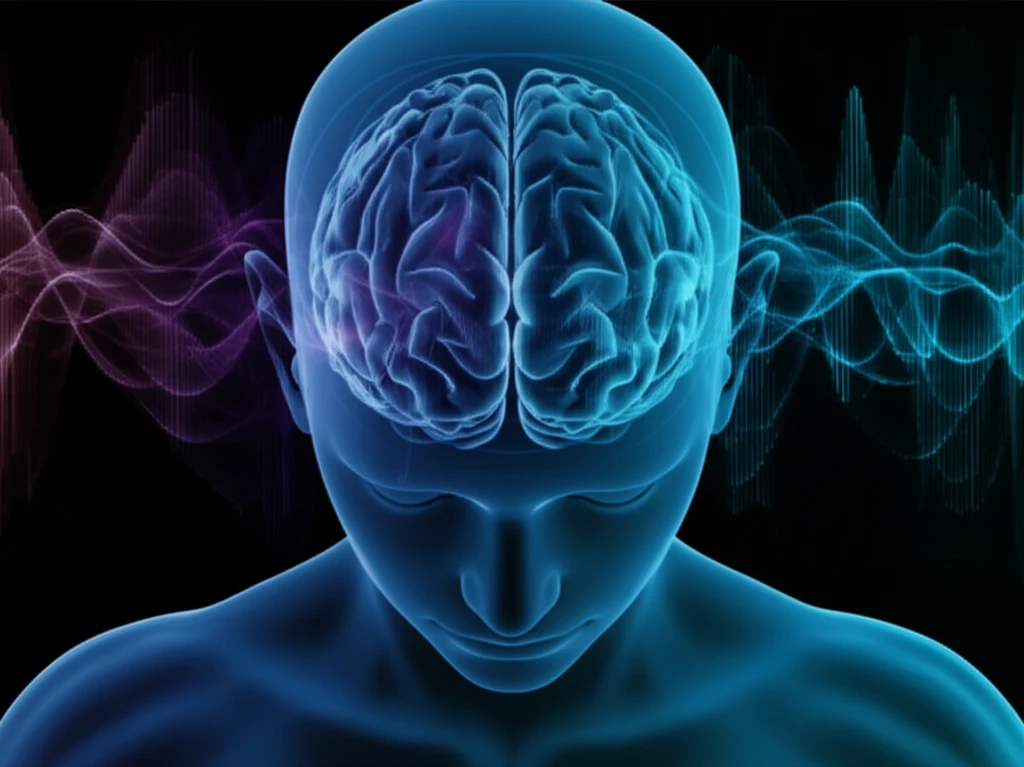
Decoding Your Brain: How EEG Can Unlock the Secrets of Speech Quality
"Dive into the fascinating world of electroencephalography (EEG) and discover how it's revolutionizing our understanding of speech perception and quality. Find out what this means for everything from communication technology to mental health diagnostics."
The human experience of hearing and understanding speech is a complex process. We often take for granted the clarity and quality of the voices we hear, yet behind every conversation lies a sophisticated interplay of sensory, cognitive, and motor functions. Historically, we've relied on verbal feedback to gauge the quality of received speech, but now, a new frontier of understanding is opening through the power of neurophysiology.
Electroencephalography (EEG) offers a unique window into the brain's activity during speech perception. By measuring electrical fluctuations on the scalp, EEG can reveal the neural processes that underpin our subjective experience of speech quality. This technology allows researchers to move beyond behavioral observations and tap into the unconscious processes that shape our understanding of what we hear.
Recent research has focused on using EEG to dissect the different dimensions of speech quality, such as discontinuity, noisiness, and coloration. Previous studies have demonstrated that the perceived intensity of these dimensions impacts brain activity. However, the question remains: can EEG distinguish between these dimensions themselves, revealing how the brain processes each unique aspect of speech quality?
How Does EEG Reveal the Brain's Speech Quality Code?

Researchers are employing innovative approaches to explore the neural correlates of speech quality. By degrading high-quality recordings of spoken words along specific dimensions (discontinuity, noisiness, and coloration), scientists can create controlled stimuli to test how the brain responds to different types of speech impairments.
- Discontinuity (F): This refers to interruptions or breaks in the speech signal, such as those caused by packet loss or silence insertion.
- Noisiness (N): This dimension relates to the presence of background noise or signal-correlated noise that obscures the speech signal.
- Coloration (C): Also known as timbre, this refers to linear distortions in the speech signal caused by bandpass filtering or room acoustics.
The Future of Speech Quality Research
This research holds immense potential for various applications. By understanding the neural correlates of speech quality dimensions, we can develop more effective communication technologies, improve diagnostic tools for cognitive and auditory processing disorders, and create more personalized and adaptive learning environments. As EEG technology continues to advance, we can expect even deeper insights into the brain's remarkable ability to process and understand the spoken word.
